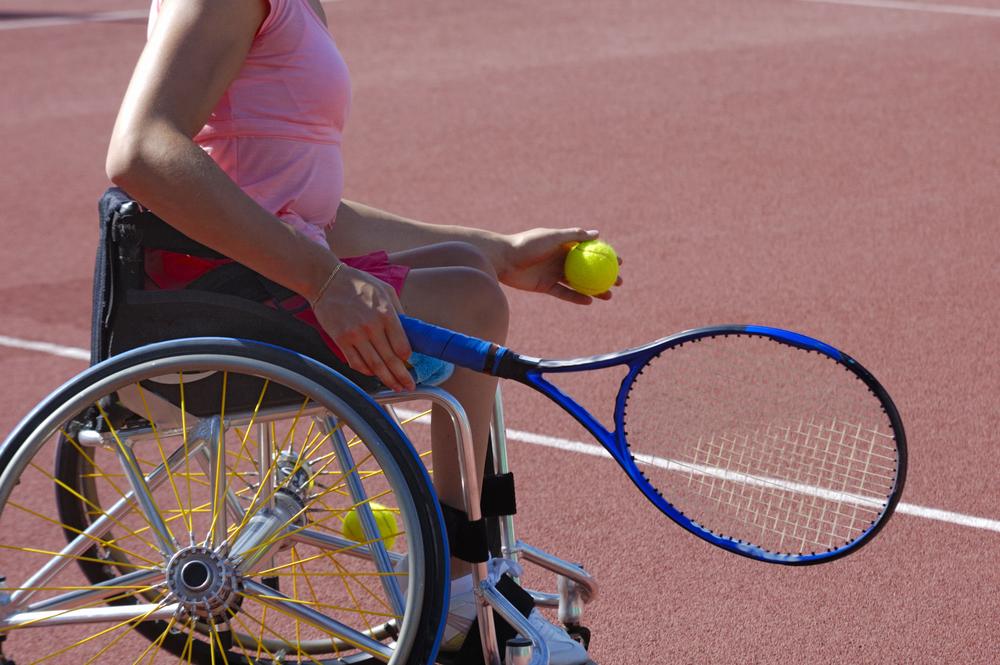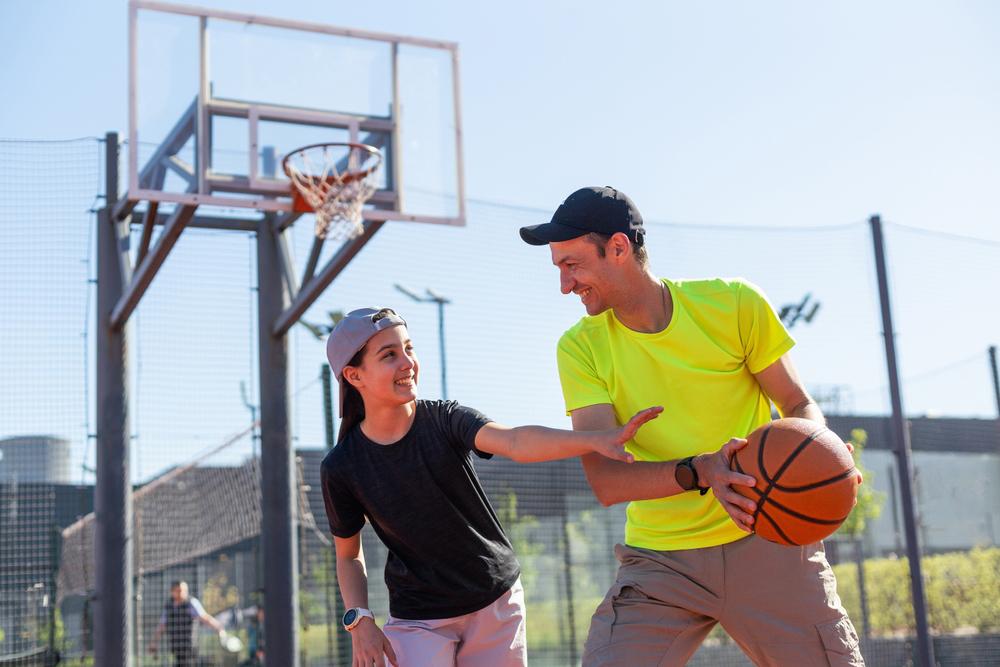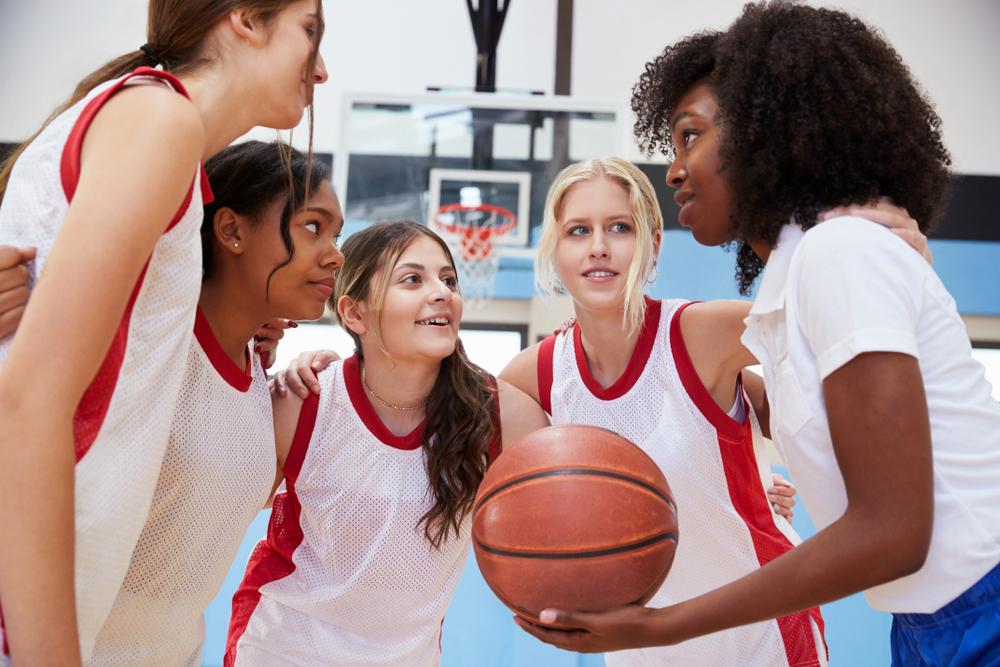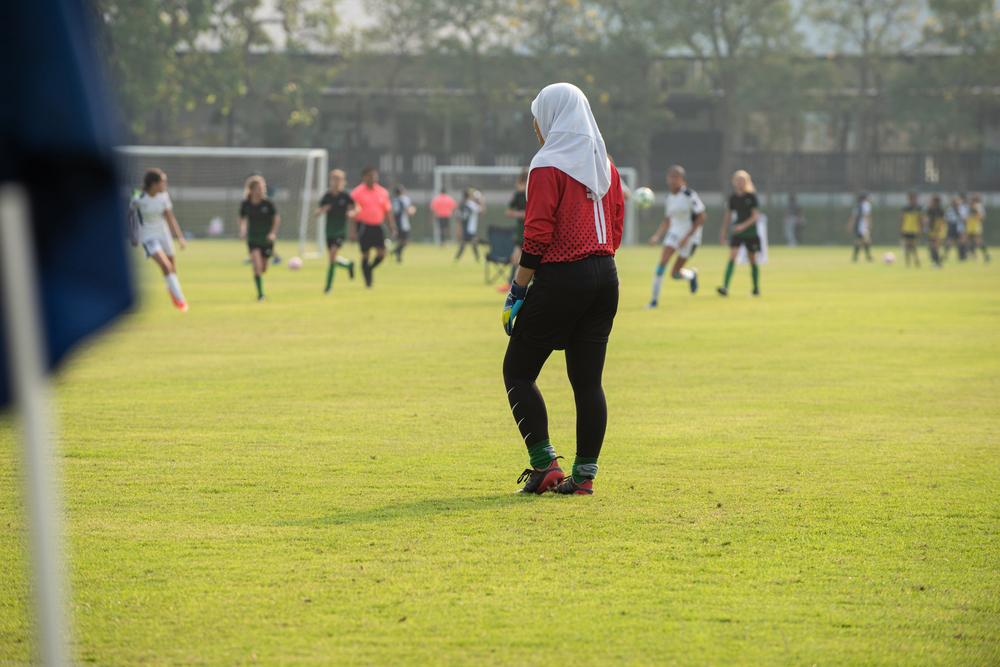Content Warning: This article contains mentions of bullying and abuse and/or assault.
If you’re the caregiver to an athlete with a disability, it can be a daunting process to help them pursue the sports that they’re interested in, and it may be tempting to shy away from putting youth with disabilities into traditional sports programs at all. However, youth sport can be incredibly beneficial for a young person’s development and well-being, regardless of their ability.
Here, Dr. Michele LaBotz, TrueSport Expert and sports medicine physician, offers some guidance for caregivers about how to navigate sport if your aspiring athlete has a disability.
Why Sport Matters for All Youth
“The value of sport in terms of the social integration it can provide is unparalleled,” LaBotz says. “Often, kids with disabilities are unfortunately marginalized. But being able to participate in a team sport really helps with that social integration, and it helps with their perception of self-resilience and capacity-building. Getting kids with disabilities engaged in appropriate levels of sport and physical activity has unique benefits in this population.”
It’s also critical to their ongoing health. In 2021, the American Academy of Pediatrics published a report calling for more inclusion in sport for youth with disabilities. In the report, they noted that children with disabilities should be “encouraged to participate in sports, recreation and physical activities that best suit their preferences and abilities, with help from pediatricians who can offer guidance, reassurance and resources.”
 “Historically, both families and healthcare providers have really erred on the side of caution when discussing physical activity for children with disabilities, incorrectly perceiving that the capacity wasn’t there and that the risk was high,” says LaBotz. “But more recent data has flipped that on its head: The capacity of many of these kids, especially if you can get them to engage in activity at a young age, can be surprising given some of their perceived limitations.”
“Historically, both families and healthcare providers have really erred on the side of caution when discussing physical activity for children with disabilities, incorrectly perceiving that the capacity wasn’t there and that the risk was high,” says LaBotz. “But more recent data has flipped that on its head: The capacity of many of these kids, especially if you can get them to engage in activity at a young age, can be surprising given some of their perceived limitations.”
Sport is often a big part of social development as well. “There’s a community-building aspect to sport, and the more you can engage peers in the process of helping kids with disabilities, you’re changing the social norms,” says LaBotz. “Seeing kids with disabilities being active is important, not only for that kid, but for his non-disabled peer group.”
As a caregiver, your role should not be to limit your young athlete: Rather, it should be to help them navigate how to safely participate in those sports and activities that they want to take part in. Obviously, each young athlete is an individual case, and LaBotz notes that there’s a wide range of athletes with different disabilities and capabilities. There is no straightforward rule for what sports an athlete with a disability can take part in within youth sport, but here are some general tips for getting started.
1. Check on What’s Offered in Gym Class
“Any programs that are federally funded in the U.S. do have to provide equal opportunity,” says LaBotz. “For instance, in physical education classes, it is mandated that kids with all sorts of disabilities need to have equal access to taking PE. What you often find is that parents or schools will exempt kids with disabilities from their physical education requirement, and that generally wouldn’t be my recommendation.”
You can also talk to the school about your child’s individualized education program (IEP), and where sport can fit into that. “Many children with disabilities do have an IEP, and physical education is a mandated part of that program that often does not happen,” LaBotz says. “But it’s really important. You might think that you’re helping your kid and protecting them by signing a PE excusal, but you’re actually keeping them from all of these opportunities.”
2. Talk to Coaches and Athletic Directors
Start by asking some questions. If your athlete wants to play on a school or club team, have a conversation with the coach or the school’s athletic director. Often, a coach won’t have ever considered how an athlete with a certain disability might be able to take part in the team, but it is a possibility. In cases where a child is not interested in competition, they may still be able to participate in training and team-building activities.
“A commonly overlooked advocate in the school setting can often be the school nurse, who can help develop healthy programs for kids within the school day and offer suggestions and recommendations,” she adds.
3. Talk to Your Healthcare Provider
Your child’s healthcare provider will be able to provide an objective evaluation of limitations and recommendations for participating in sport. Some disabilities will limit an athlete’s ability to do much high intensity work (like muscular dystrophy) but a sport that maintains lower endurance levels would be fine, LaBotz explains.
Ask your doctor: “What is recommended for sport and activity for my child? What should be avoided?”
Within those parameters, review what sports and activities are the best fit for your child and family. What sport interests them? What level of competition interests them? Your athlete’s personal preferences matter here: Look for a sporting experience that would be fun.
Your child may need to start small and even consider some pre-sport work or conditioning. “You can’t underestimate the importance of physical literacy and building those fundamental movement skills,” says LaBotz. “Sometimes before a kid can safely participate, there may be some preparation work they need to do, especially if before this point, your child has been fairly sedentary. Often, the process starts with working on a plan with rehabilitation specialists to create a program to get your child ready for sport.”
4. See What’s Available in Your Area
In some areas, there are easy-access opportunities for athletes with disabilities to pursue sport at a higher level: A local community center may offer wheelchair basketball, or perhaps there’s a great tandem cycling or running program for blind athletes.
To find out what’s in your area, you can look at the National Center on Health, Physical Activity and Disability (NCHPAD) website or visit the Challenged Athletes Foundation website. You can also search for local services in your area or for your athlete’s specific disability. Often, these programs have scholarships and gear rentals for athletes who can’t otherwise afford the specialized equipment that may be required for some activities.
A number of schools also participate in the Unified Sport program, which LaBotz loves. “It’s great for kids with disabilities, but I often find that kids without disabilities who otherwise aren’t interested in sport also get drawn into the program. The emphasis is different and doesn’t have the same competitive edge that most sports do,” she says.
5. As a Caregiver, You Should Be Active
Finally, your own activity levels matter when helping your child pursue a sport, especially if they’re not naturally intrigued by athletics or other types of physical activity.
“Your own physical activity patterns are powerful when it comes to role modeling,” says LaBotz. “Kids with parents who are physically active are four times more likely to become active themselves. Oftentimes, caregivers don’t realize how much their own behavior shapes their kids.”
Understand the Risks
Unfortunately, sport does come with risks for any child, and children with disabilities do have potentially higher risks related to physical exertion or certain activities. LaBotz notes that it’s important to understand that risk, but to not be overly protective. “We often let able-bodied kids do all sorts of activities where there’s the potential for some degree of injury,” she says. “We need to find the right balance with our children with disabilities as well. There’s a high temptation to be overly protective, but there’s also significant risk to health and well-being when your child is not able to engage in these activities.”
It’s also critical to note that unfortunately, kids with disabilities are at higher risk for being bullied and subjected to different forms of maltreatment and abuse in sport. Parents should look for programs that emphasize player development and sportsmanship and have player safety policies in place, says LaBotz. “All young athletes should be taught the importance of self-advocacy, but this is arguably even more important for those with disabilities.”
_________________________
Takeaway
As a caregiver, it can be nerve-wracking to allow your child with a disability to pursue a sport. But from both a physical and emotional standpoint, sport can open up new worlds for many young people with disabilities. They can see what they are capable of, create deep social connections with their peers and develop new skills, while also boosting their own health outcomes. To best advocate for your child, look at local resources by searching on NCHPAD, speak to your child’s doctor, and talk to coaches and athletic directors at their school to find ways to bring your child into sports.



